Yellowstone Winter.
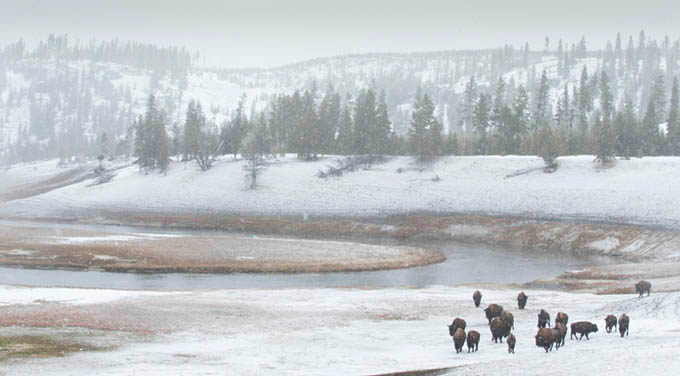
On most trips you expect some slack days when the photography seems slow and lacking focus. These days are hopefully interspersed with bouts of intensity when the images just seem to flow onto the cards non-stop. I expected such a variation with this trip to Yellowstone.
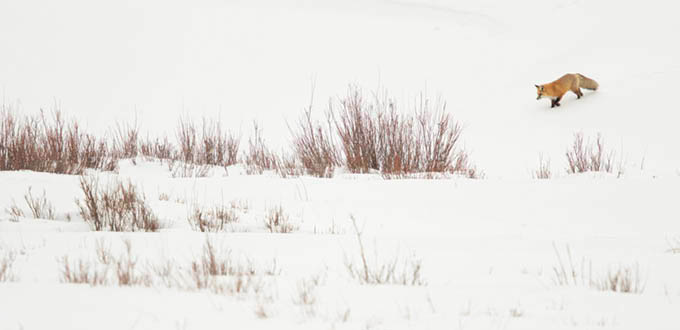
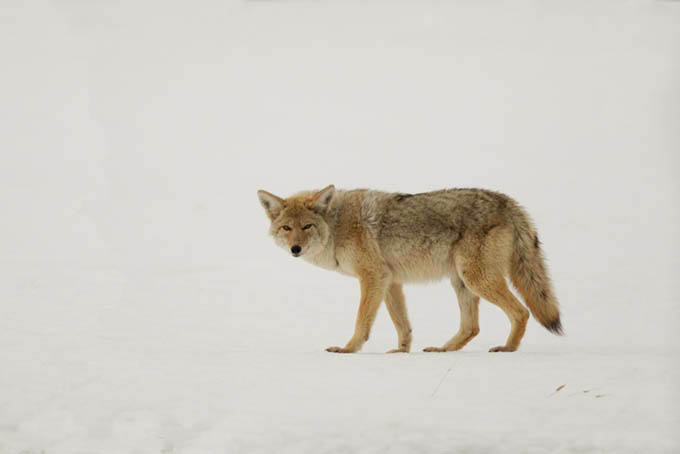
The range of wildlife subjects is superb but not all of them are usually found with ease and I thought that we might have a number of days when we struggled to create good images. Just how wrong was I. Every day produced at least one stunning encounter and often that lasted for a long time.
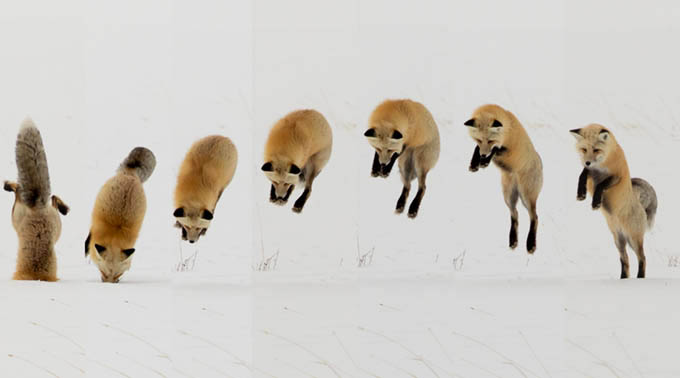
This year the winter in Yellowstone has been unseasonably warm. We arrived at the start of a very warm spell and the snow in the Lamar Valley was disappearing fast. On one night we did have a thin sprinkling that whitened up a lot of the park but by the end of the trip the decrease in the snow cover was very noticeable.
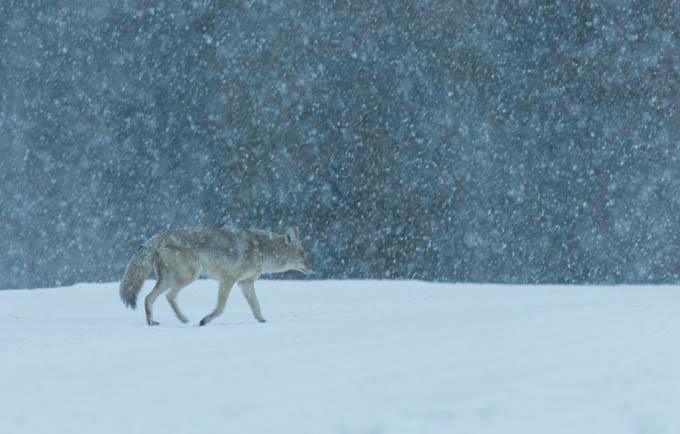
We had planned to spend the first part of the trip in the Lamar Valley where the chances of coyote are usually high. We spotted quite a few pairs, as males were doggedly tailing around after the females.
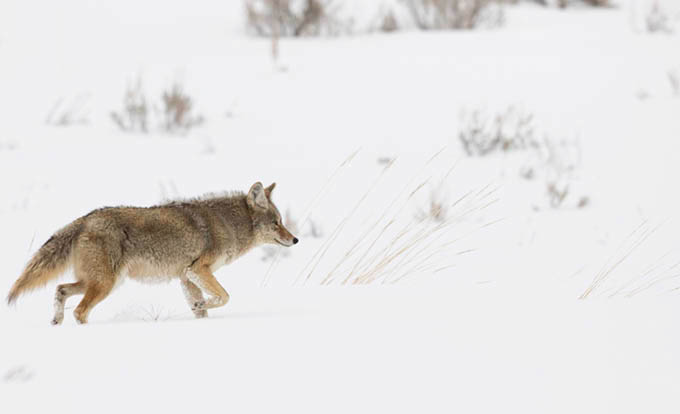
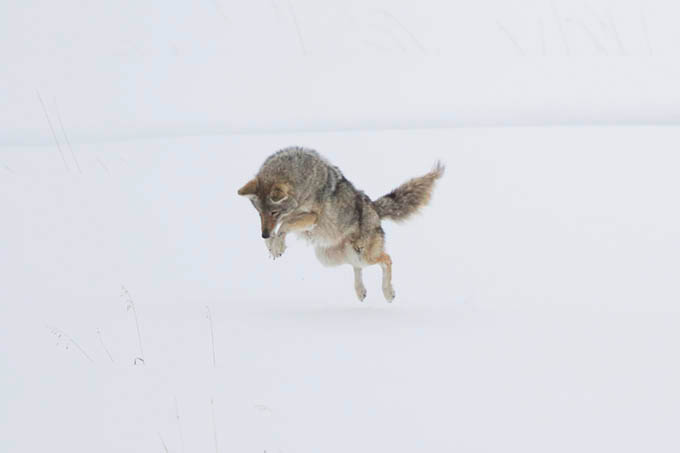
Mostly these were at a great distance, good for small in the frame images but not for portraits.
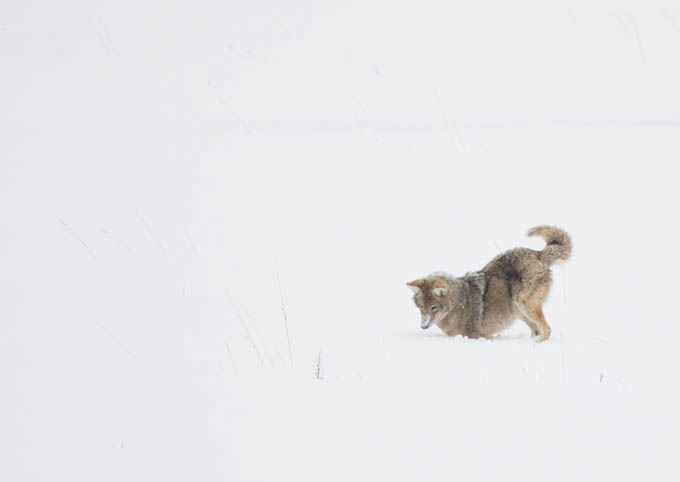
As with many encounters the more time you put in the greater your luck will be and whilst we came across the same pairs repeatedly, and none were that tame, we did have 3 encounters at close range.
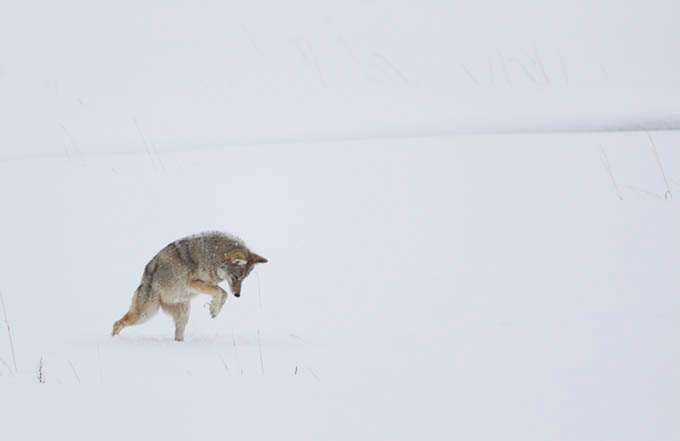
One of the iconic images of winter is of a coyote (or even better) a red fox jumping high into the air to punch a hole through the snow to catch a vole. The coyotes did do this a number of times but never really close enough or, frustratingly, at the right angle for that perfect side on shot. However, we did see it and did manage to produce a few nice images.
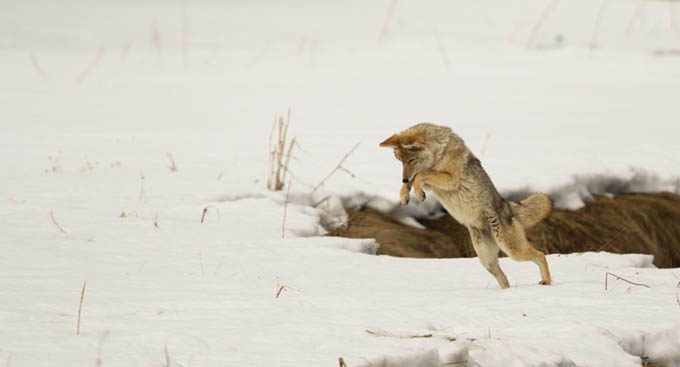
On one occasion a pair of coyotes were trying to stalk a wary group of big horn sheep. The sheep seemed totally aware of the coyotes as they tried to stalk them and it seemed highly unlikely that they could catch one, let alone be able to kill it. However, I later met an American photographer who told me that he has seen a pair of coyotes kill a full grown ram!
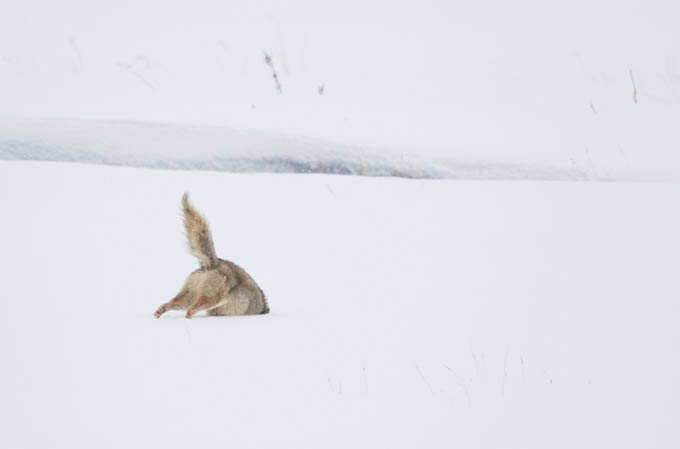
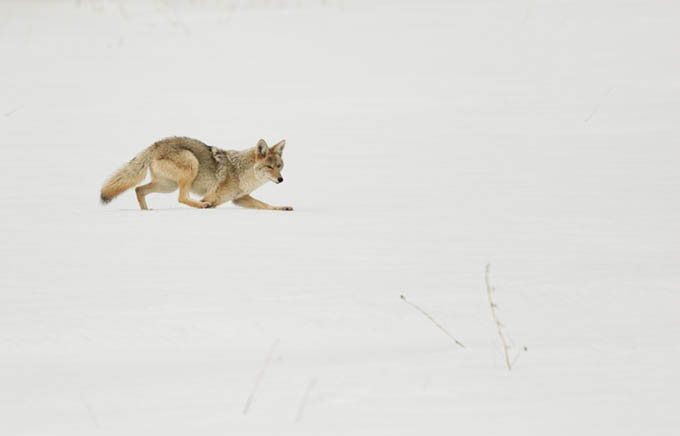
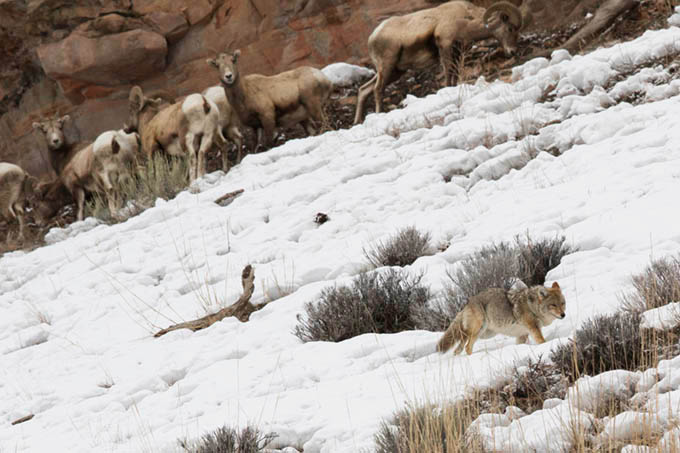
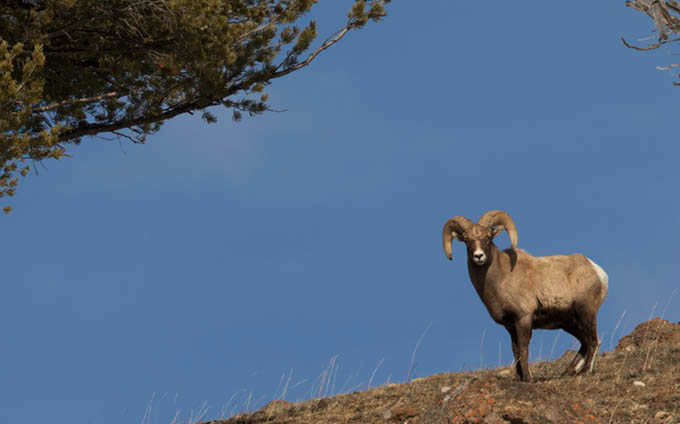
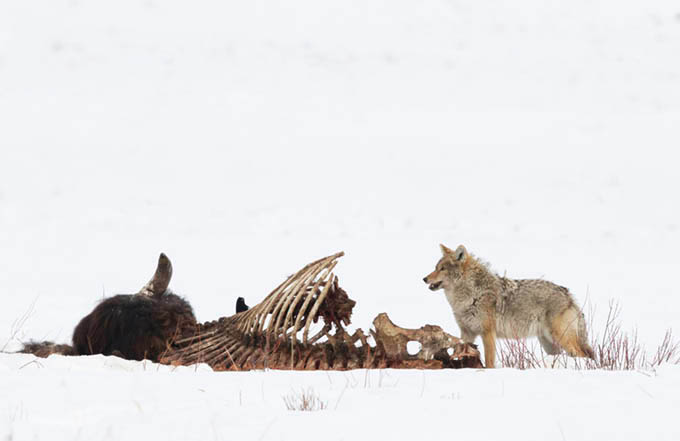
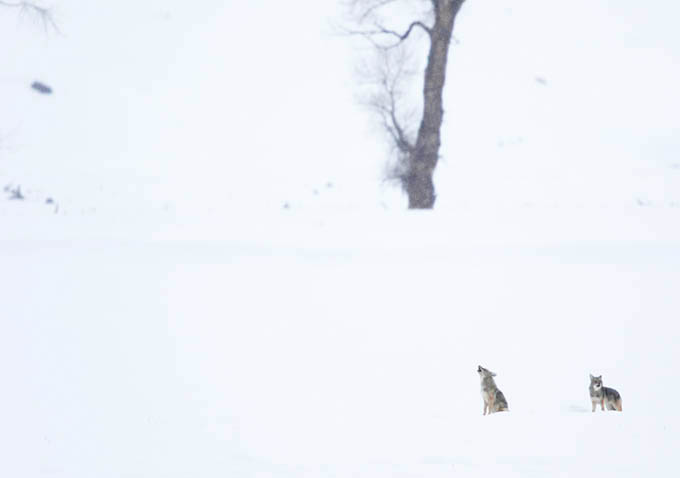
The red fox of the States is the same species as ours but the colder winters mean that foxy has a much thicker coat, which is incredibly photogenic.
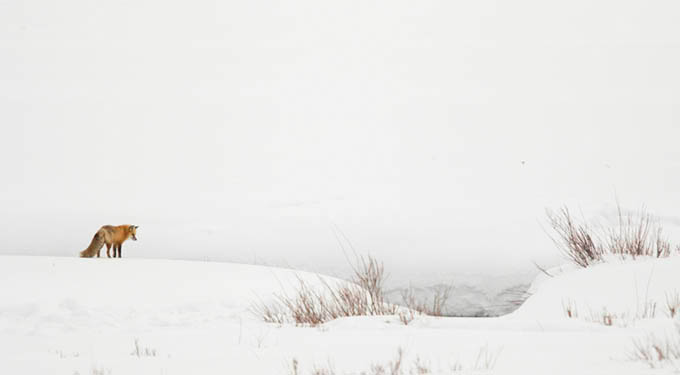
They also seem more vibrant in colour. It took a few days before we came cross our first fox that delighted us all by hunting with the jumping technique.
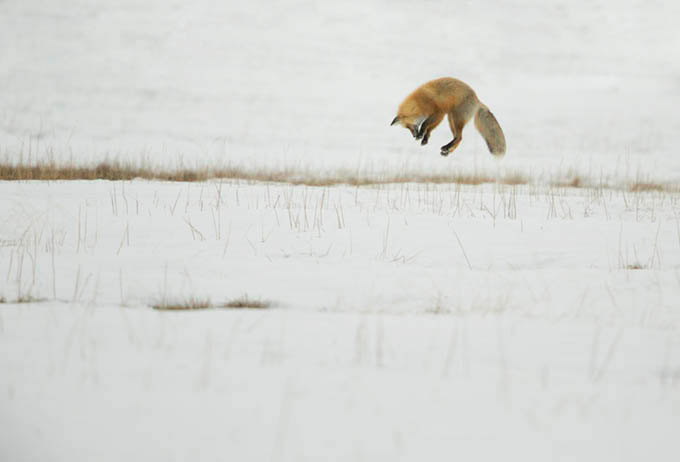
This is just brilliant to watch and photograph. The foxes seem to jump higher than the coyotes, perhaps their lower weight means they need more elevation to puncture the snow cover.
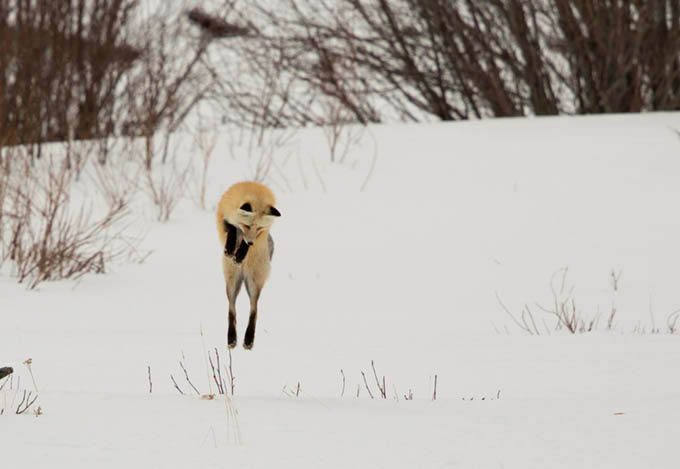
As with most of the wildlife here we did need to use big lenses but near the end of our trip we fell in with one of those tame animals that defies explanation.
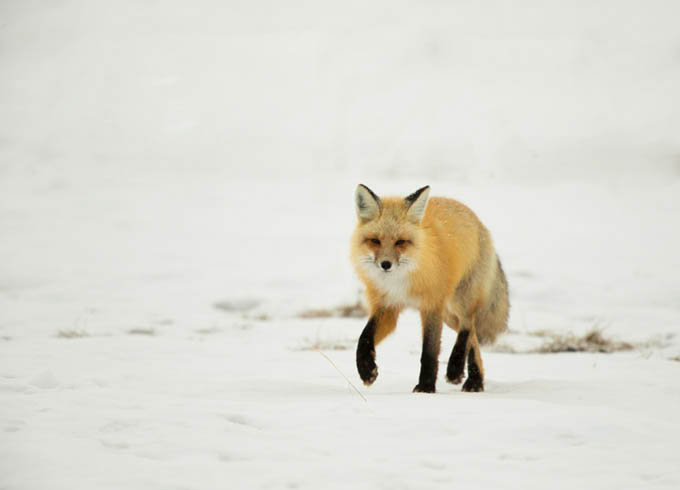
We had spotted a fox hunting on the snow at some distance and photographed it jumping. It then wandered in various directions until it started to walk straight towards us.
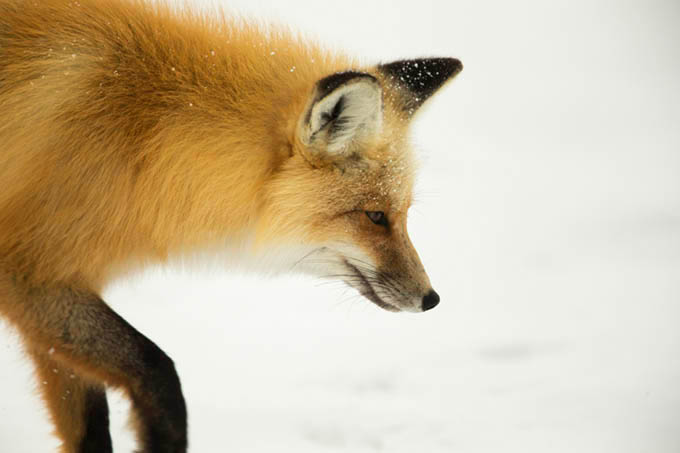
Off came my converter until it came so close that its head filled the frame. It even looked that it would jump right in front of us, ‘Awesome’ as our cousins would say but frustrating if it had because it was too close!
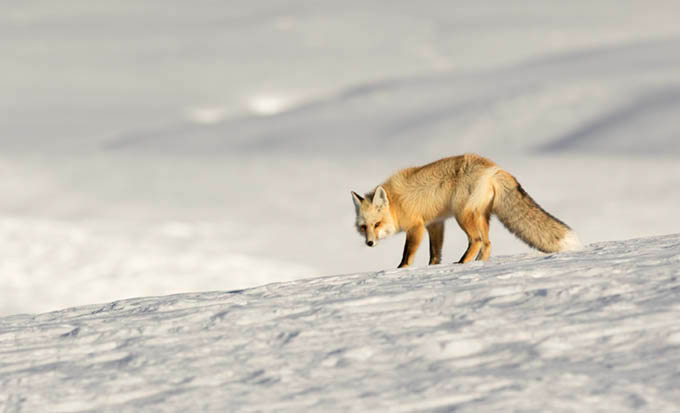
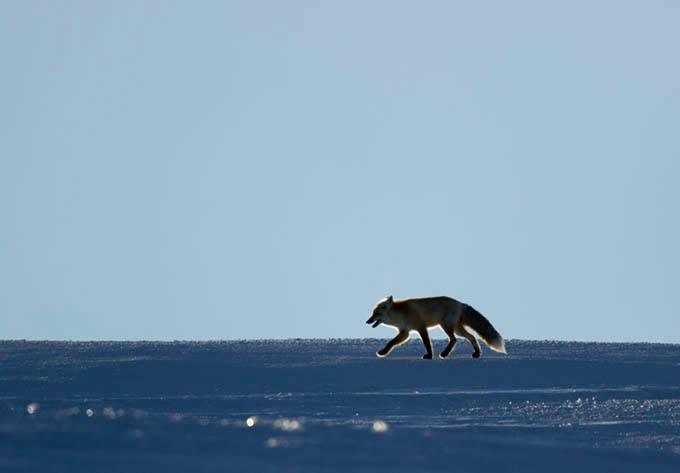
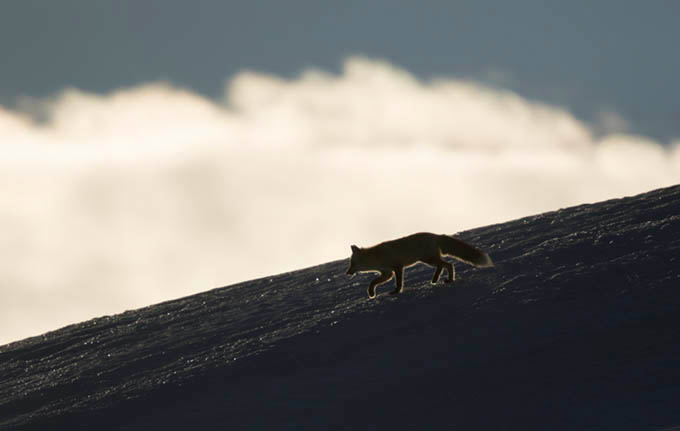
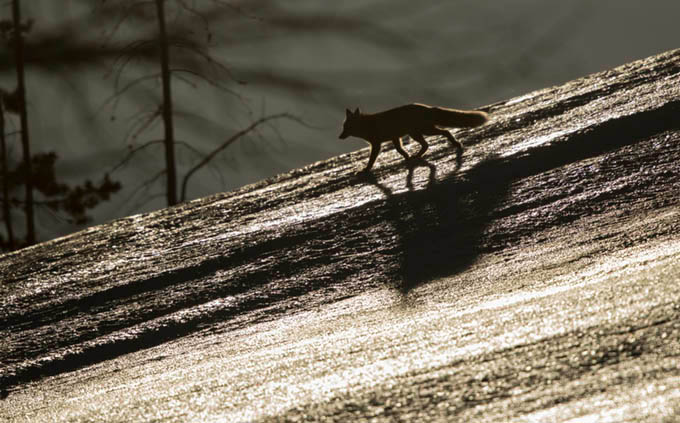
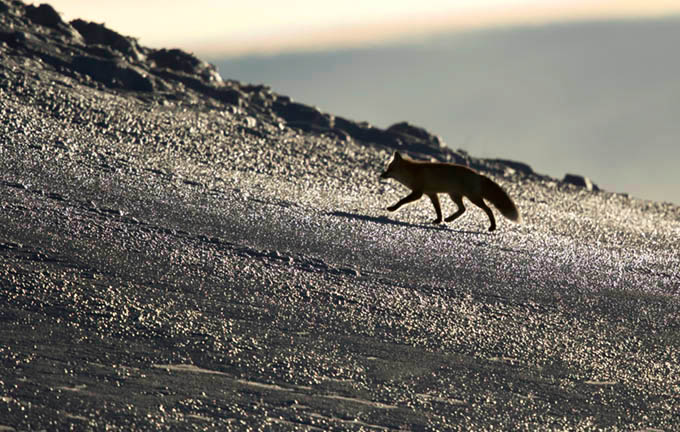
Once we had explored the Lamar valley we moved into the second part of our trip travelling by snow mobile in the centre of the park.
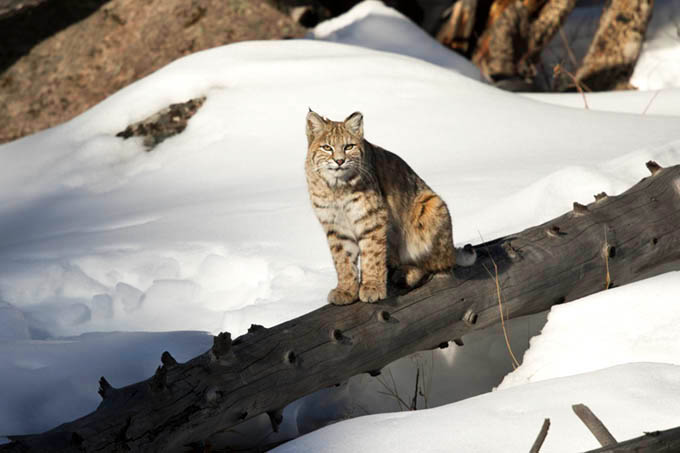
On our first day our brilliant guides suggested we went to look for Bob, the usually reliable bob cat. Within 5 minutes we had spotted him and then spent the next hour following him down river as he walked from one long jam to the next, the whole time bathed in the most gorgeous late afternoon sun.
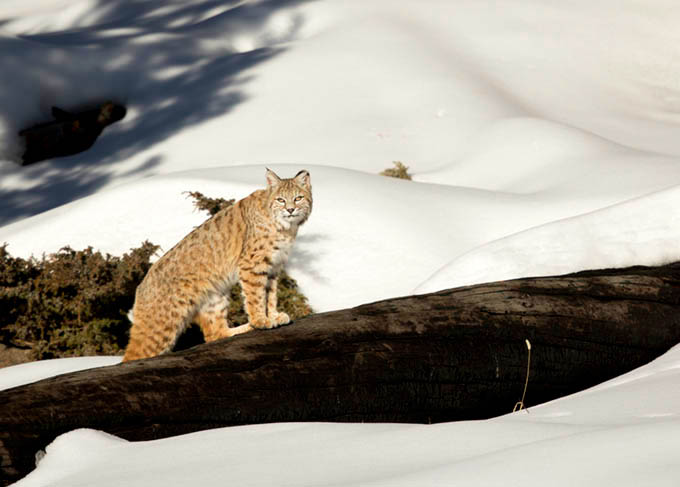
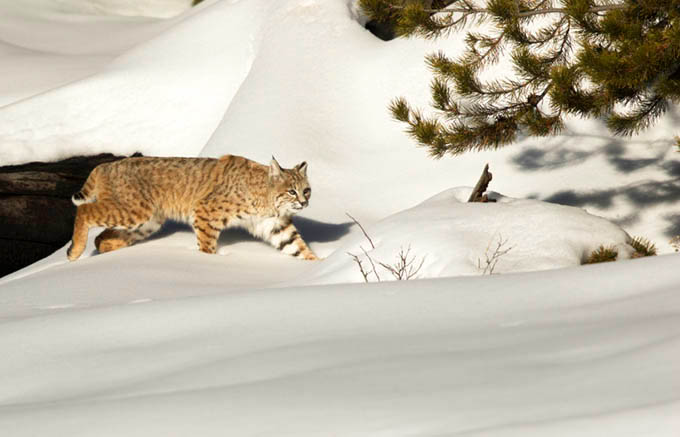
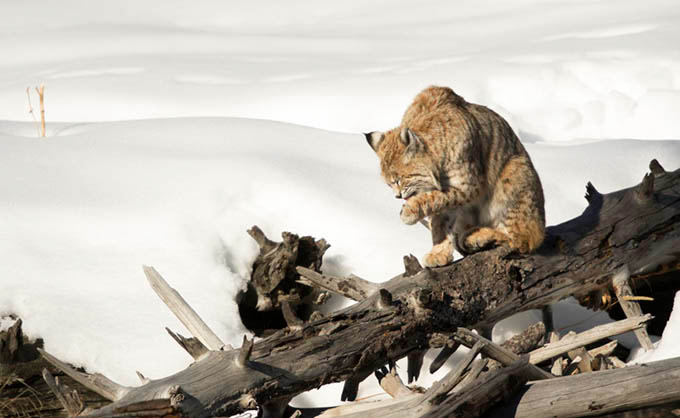
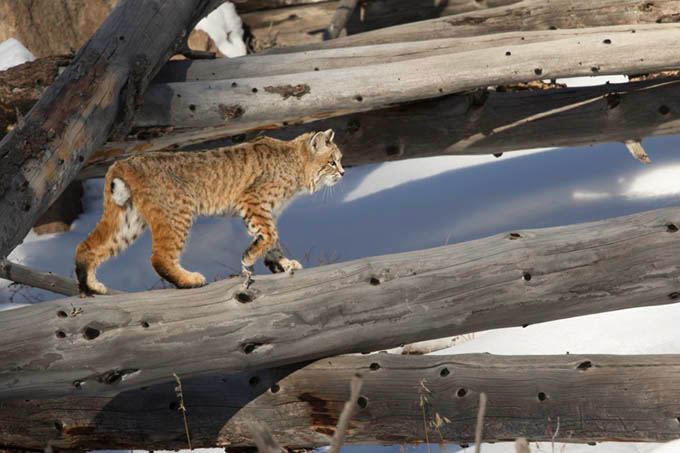
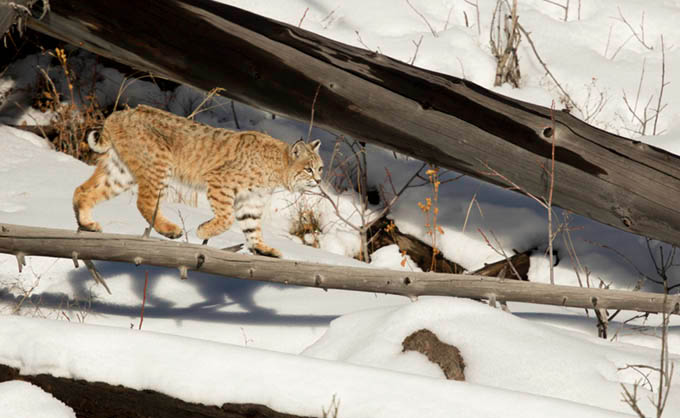
It doesn’t get much better than this. Bob posed incredibly obligingly every time he explored a log jam. Eventually he bagged a vole and retreated into the forest.
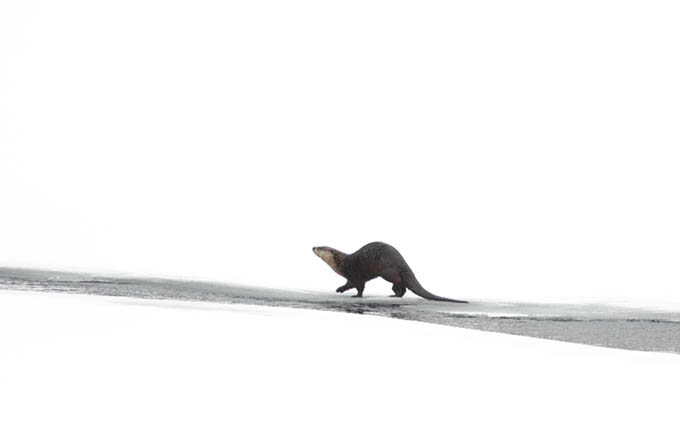
On our next afternoon we looked for otters down on the river. I must admit that I thought we might get a fleeting glimpse and if any of the group managed a grab shot we would have done well.
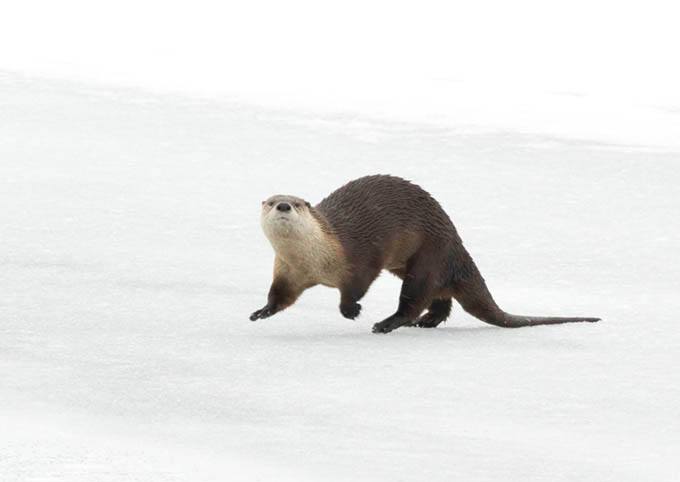
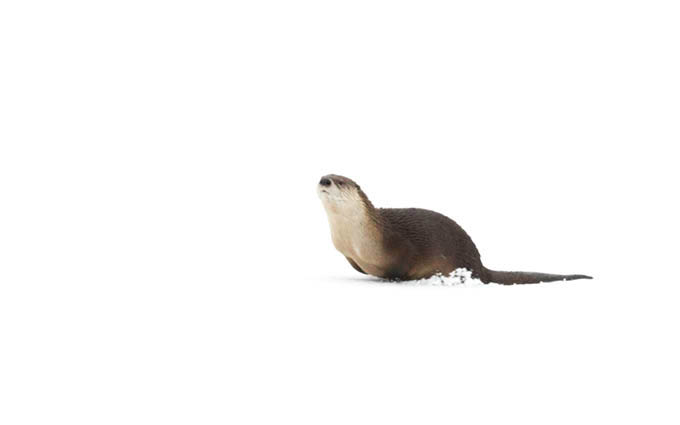
Within ten minutes we spotted a couple of otters making their way upstream and we all managed a few images. We thought that might be the end of it but one otter returned and spent some time running across the snow from one piece of water to the next.
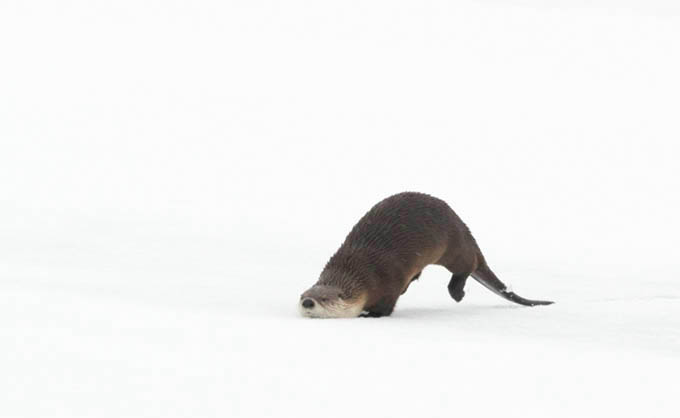
It would have been amazing if we had got good light but even so the experience was fantastic.
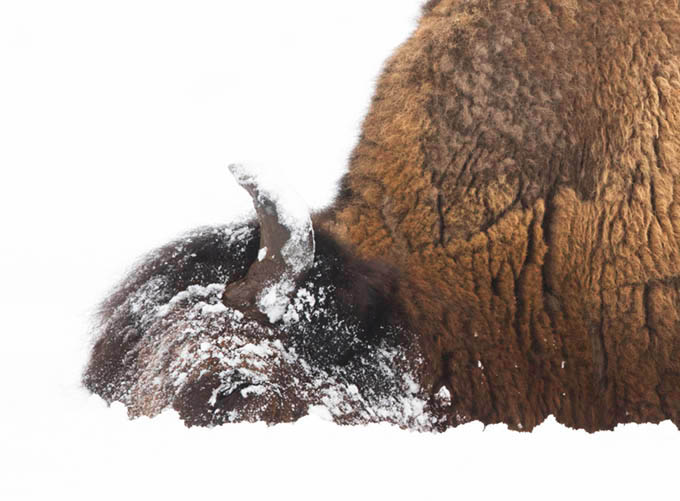
The two big animals of the park are bison and elk. Both are fairly abundant, though we actually only came across one bull elk that was photographable on our first day.
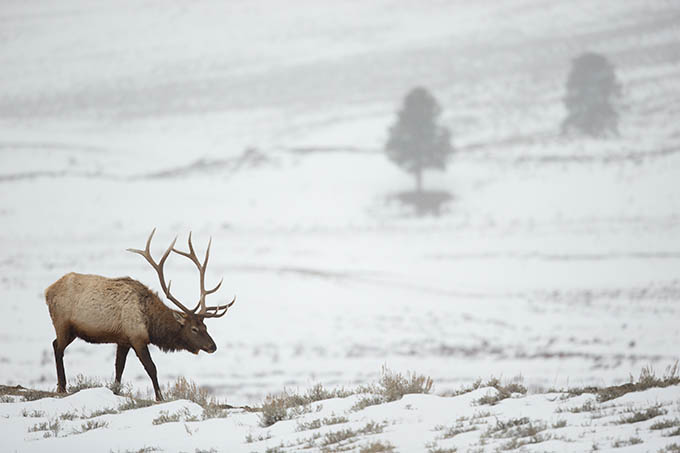
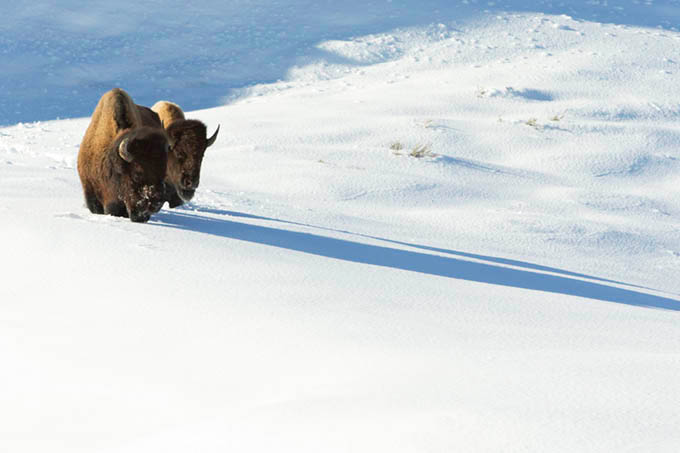
Bison seem literally everywhere and it is not hard to get shots. However, they are big and dark and full portraits, whilst OK, unless bedecked with snow are a bit dull. Yellowstone has such fantastic scenery that with time it is possible to get those evocative small in the frame images.
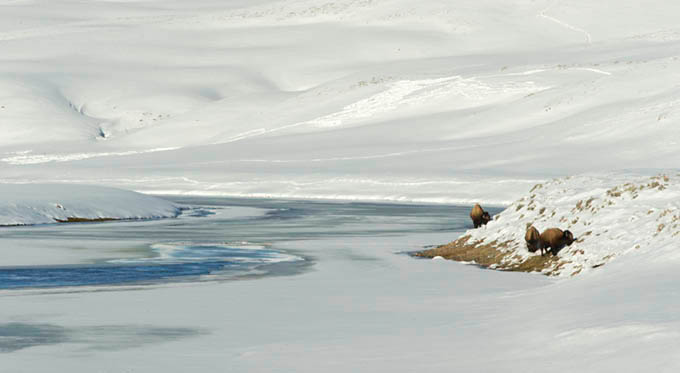
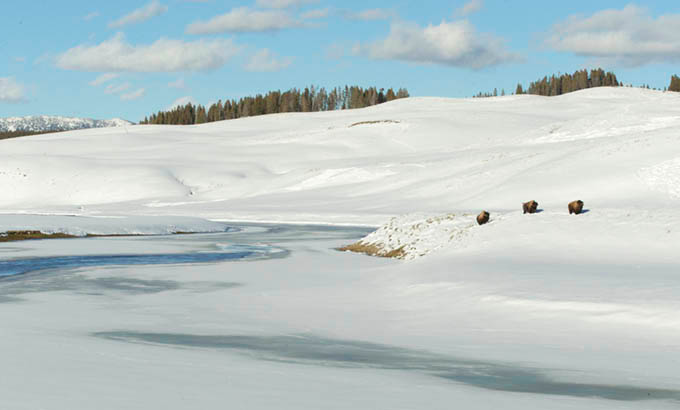
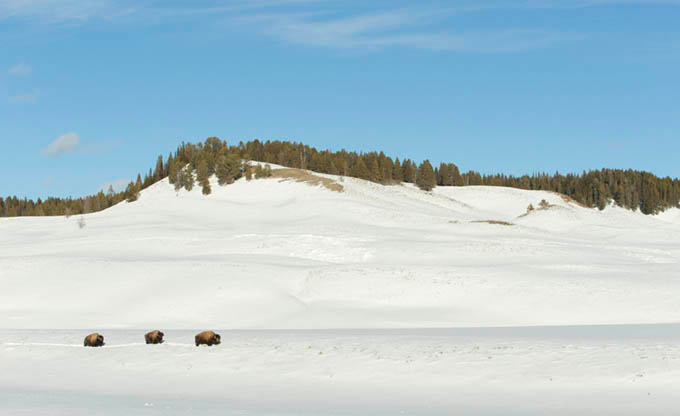
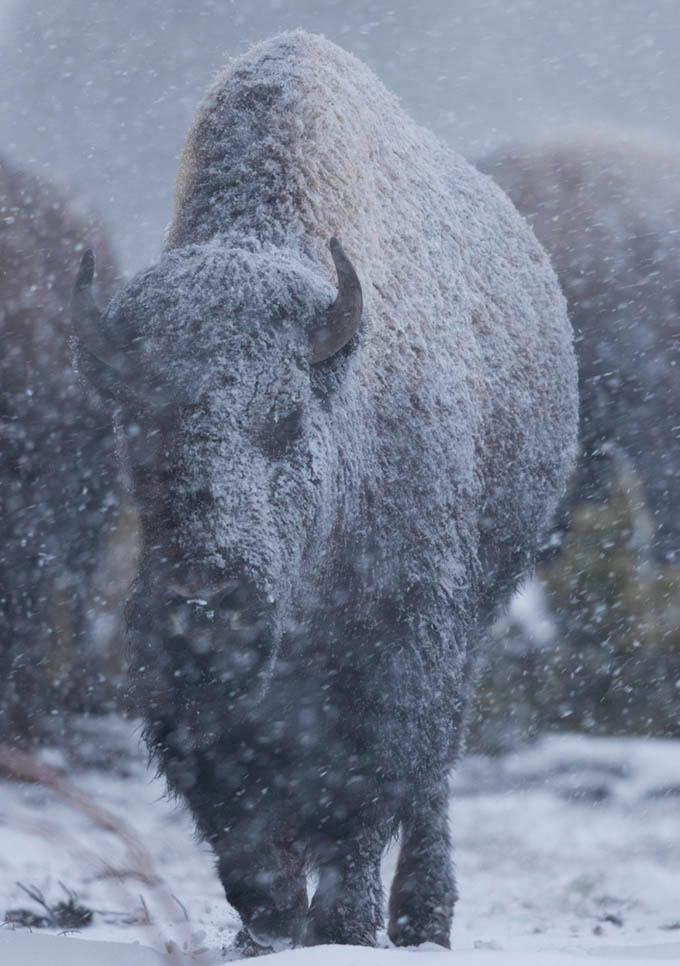
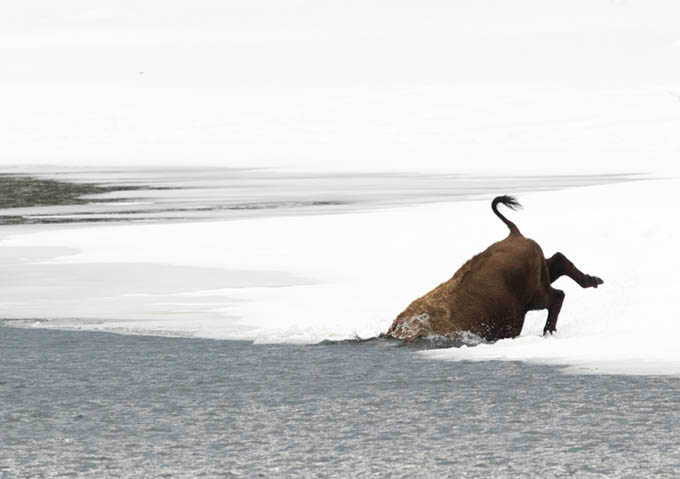
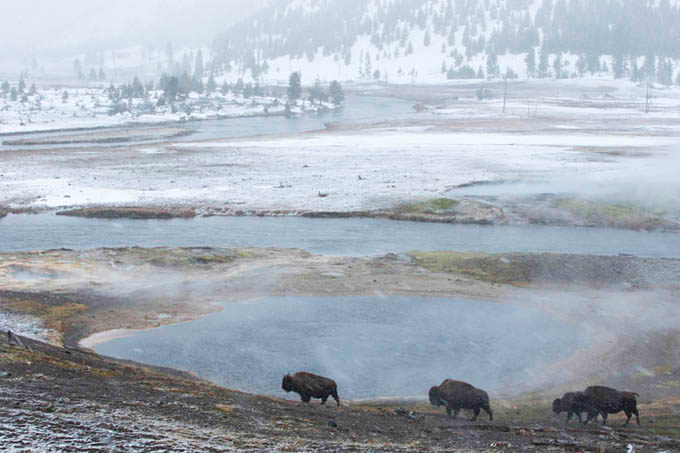
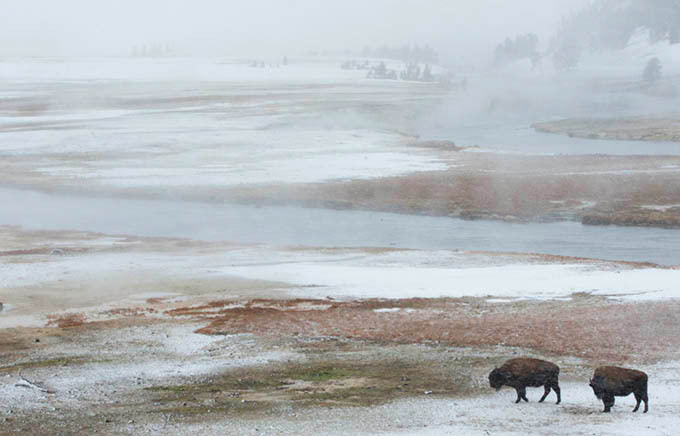
Whilst Yellowstone is famous for its geysers (it has 50% of the global total!) the warm weather meant that the bison were not always retreating to them to warm up. Whilst it did not snow extensively during the trip it did enough times to produce a few occasions when we met a herd of bison in good settings.
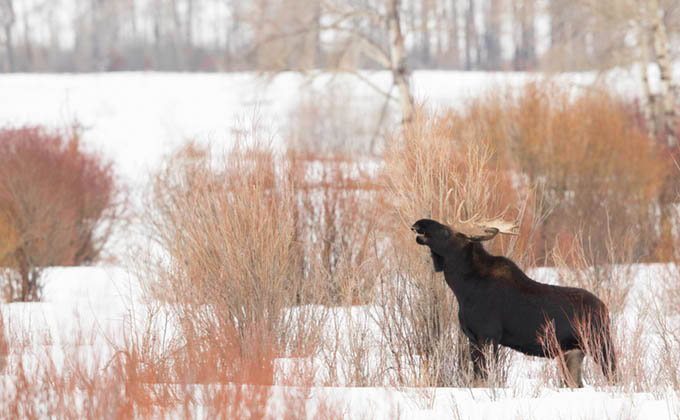
I thought we would see moose and we were not disappointed yet I did find out that the number in Yellowstone is actually very small and the only group we saw was resident in the same area of willows during our whole stay. Unfortunately they (there were 4 animals) spent the vast majority of the time snoozing and lying down!
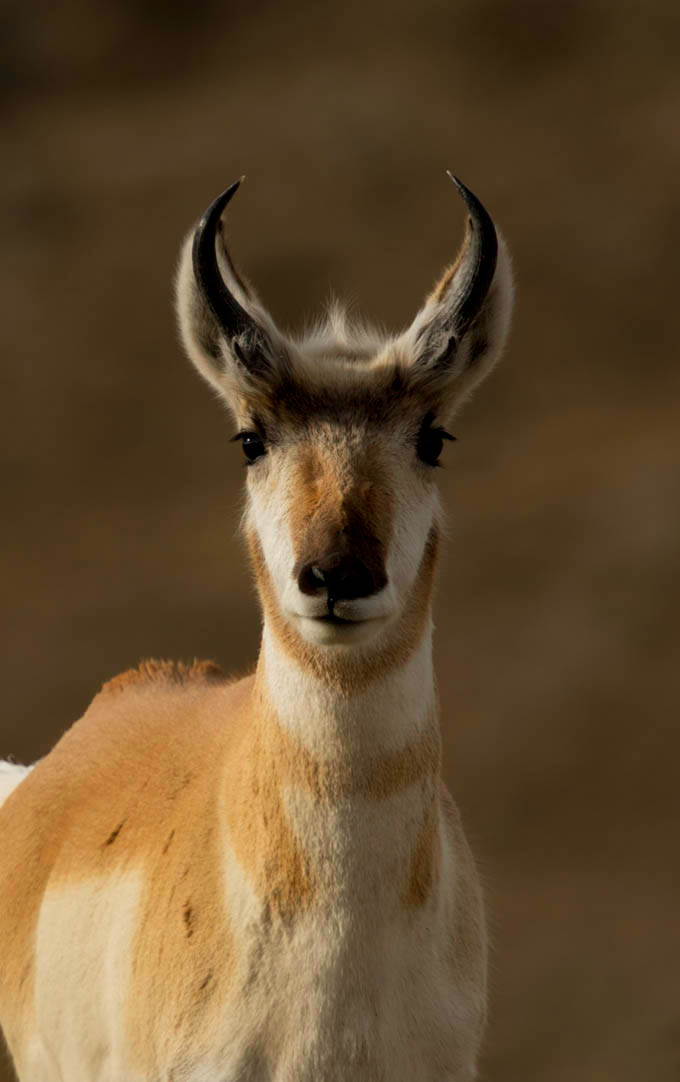
Possibly, due to the mild winter, the prong horns that have usually left the park were still hanging around at the park entrance. These are one of the planets fastest land mammals though we never got to witness their incredible speed.
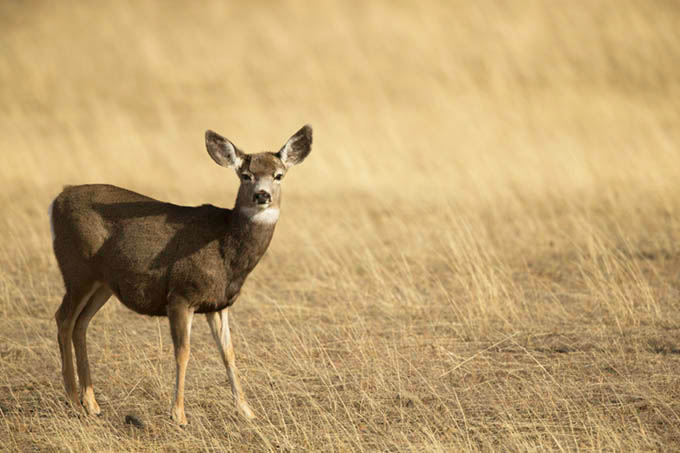
Mule deer are not often found inside the park in winter but we did spot a number of herds grazing farmland on the drive to Gardiners. Usually these were some distance from the road but once I did find a herd close to it which allowed me to get out of the car and photograph them. Unfortunately a huge irrigation system behind them severely limited my opportunities for clean images.
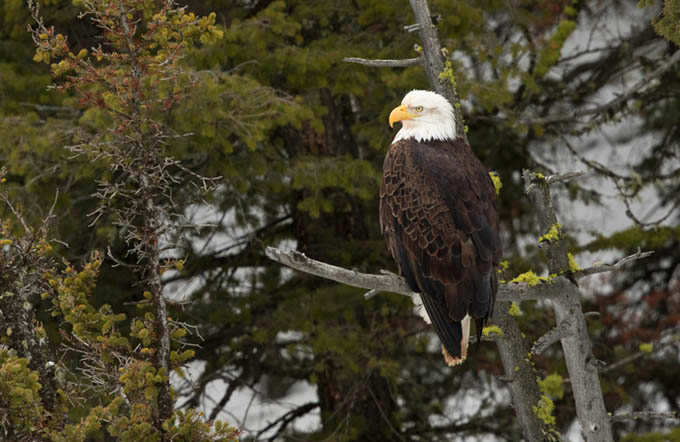
One of the things that I did find odd was the almost complete lack of birds. Apart from ravens, the odd American dipper and bald eagle there were very few birds around.
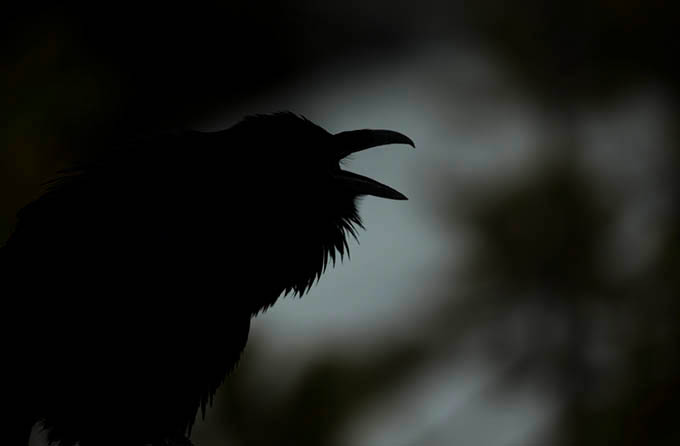
The ravens in the park are very tame and resourceful. Feeding any of the animals is strictly forbidden yet clearly the ravens know we are a source of food so they will inspect any bags left around and even pilfer anything they can grab from the snow mobiles when they park up.
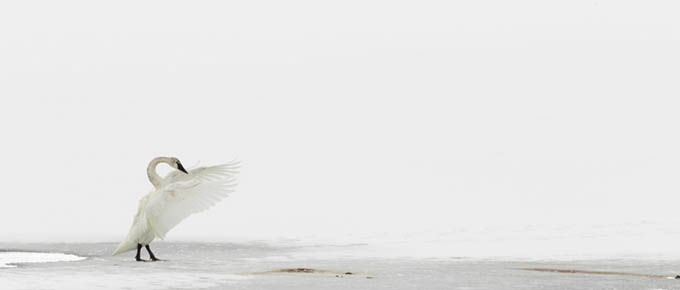
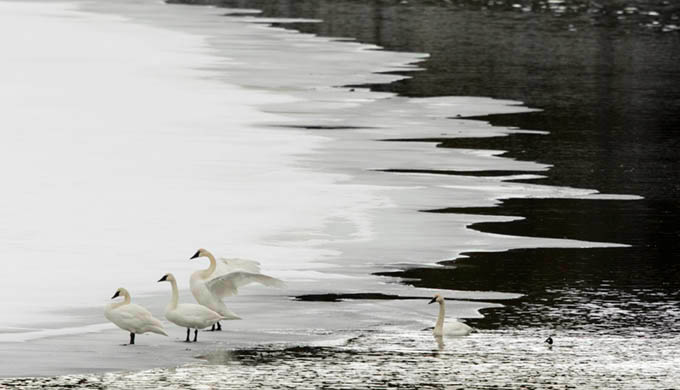
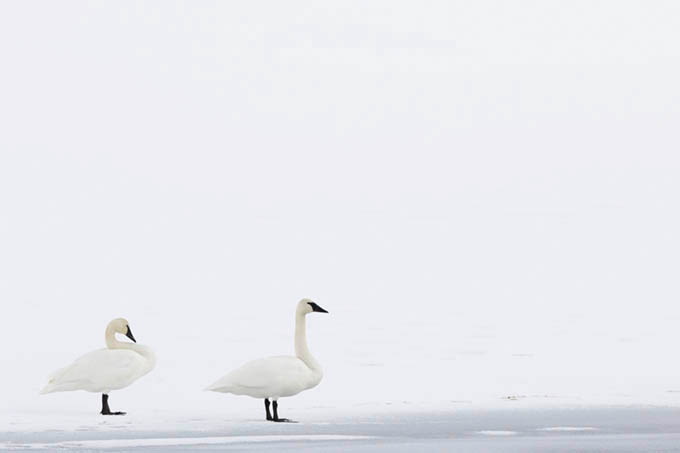
The only other reliable birds were a few trumpeter swans on the snowy rivers. These look amazing when standing on the white snow or swimming in the dark river.
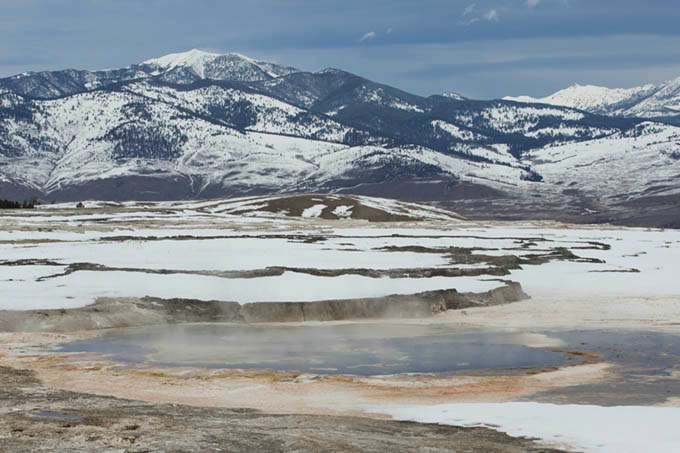
The vast majority of trips do go well and the group will always come home with some really good images. Occasionally though it can be even better and this trip to Yellowstone was just brilliant. We worked hard every day and had some amazing encounters that produced some very nice images.
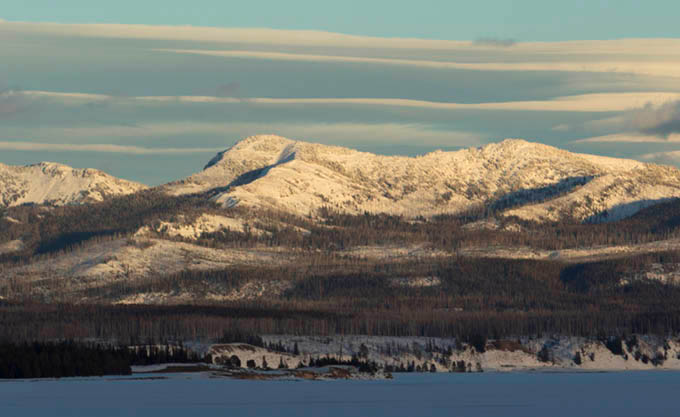
Tantalisingly though we are left with the feeling that another trip is needed because this is not only the world’s first National Park, it is still one of the very best and has so much to offer in winter.
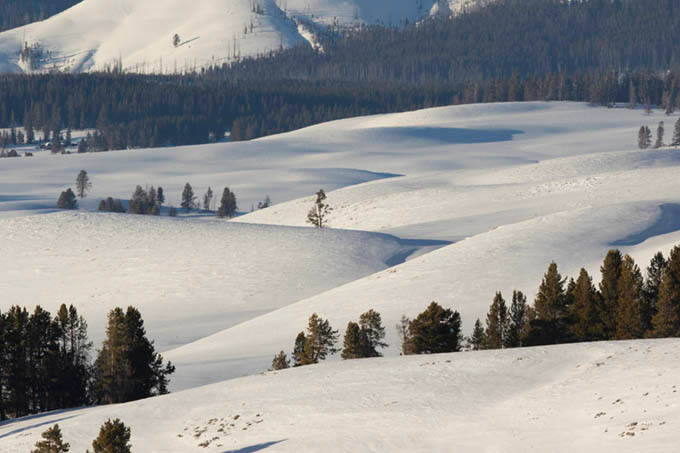
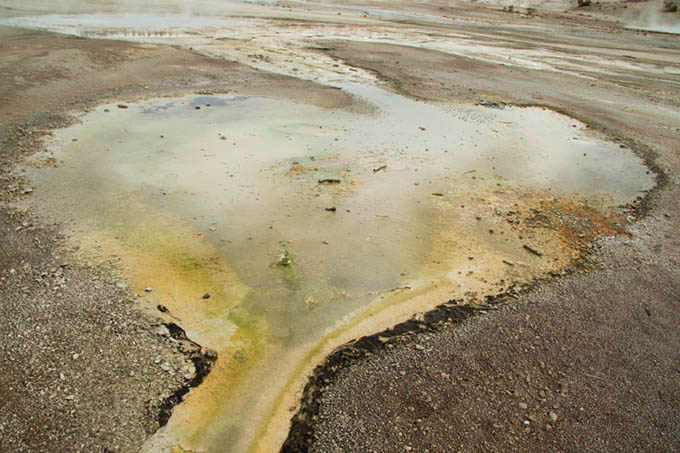
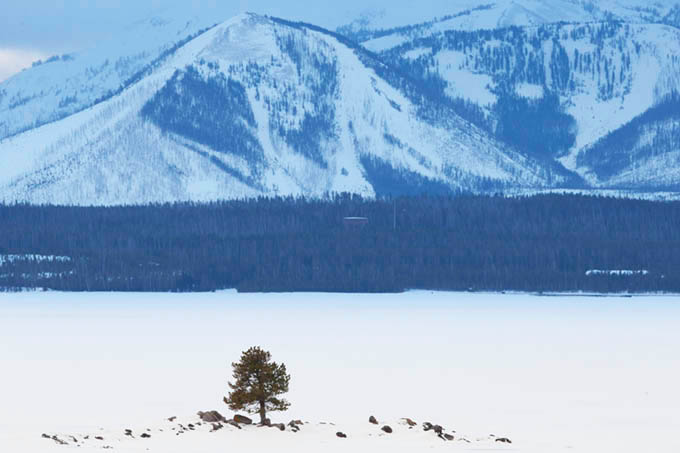
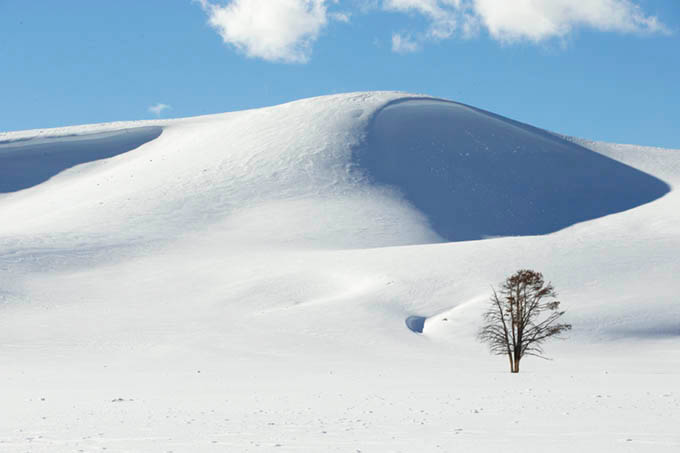
A massive thanks to Suzy, Chris and Chris, John, Kare, Tom, Michelle and Phil who were a joy to be with and for making the trip so much fun.

